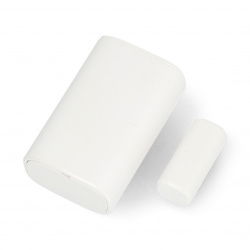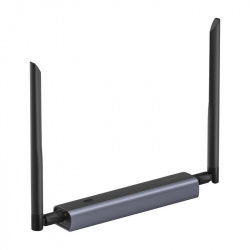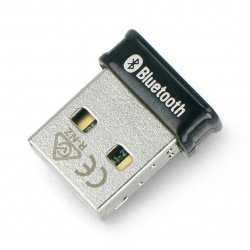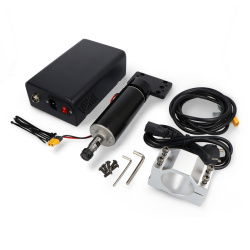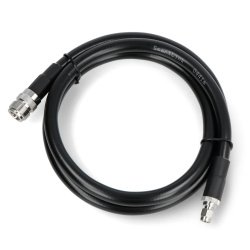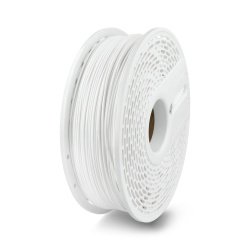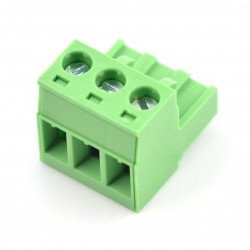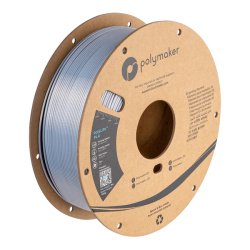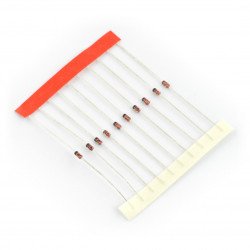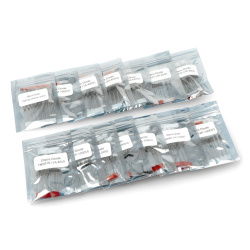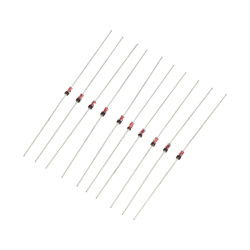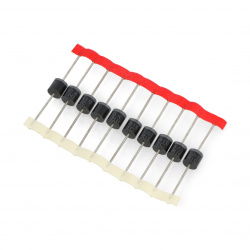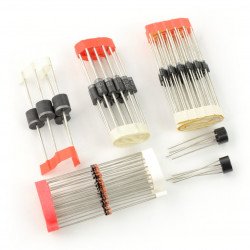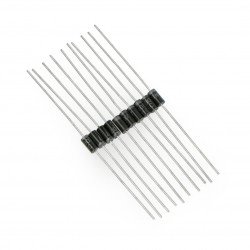A rectifier diode is an electronic device, which is intended to convert a current to a constant current. It’s a two-electrode device, which has only one-sided (unipolar) electrical conductivity. A rectifier diode made of semiconductor materials and so-called diode bridges (when four diodes connected diagonally in pairs) replaced the antenna crown and the electrovacuum diode. The effect of correcting an alternating current and transforming it into a constant occurs at semiconductor-metal transition, metal-semiconductor, or in the so-called electron-hole transition in silicon, germanium, selenium, copper oxide. They often serve as the basis for the device. Botland.store offers a wide range of rectifying diodes, as well as sets of rectifying diodes. Check our catalog to enjoy attractive prices and fast delivery.
Rectifier diodes
Rectifier diode 1N4148 100V/0.15A - 10pcs
Rectifier diode, the maximum working voltage 100 V, current up to 150 mA. Price for 10 pieces.Set of rectifier diodes - various types - 200 pieces - justPi
A set of 14 types of rectifier diodes with a maximum voltage of 20 V to 1000 V and a current intensity of 200 mA to 3 A. The set contains diodes packed in 10 / 20 and 30...Rectifier diode 1N4001 - 10pcs.
The 1N4001 rectifier diode converts alternating current to direct current, operating at a maximum voltage of 50 V and a current of up to 1 A. Due to its high temperature...Rectifier diode P1000 10A10 10A/1000V - 10pcs.
Rectifier diode, maximum operating voltage 1000 V, current up to 10 A. Price for 10 pieces.Rectifier diode BY399 3A/800V - 10pcs.
Rectifying diode, maximum operating voltage 800 V, current up to 3 A . Price for 10 pieces.Rectifier diode 1N5408 - 10pcs.
The 1N5408 rectifier diode converts AC to DC, offering a maximum reverse voltage of up to 1000 V and an average forward current of 3 A. It is resistant to short-term...Rectifier diode BY255 3A/1300V - 10pcs.
Rectifier diode, maximum operating voltage 1300 V, current up to 3 A . Price for 10 pieces.Set of rectifier diodes Velleman K/DIODE1 - 120pcs.
Set of 118 rectifier diodes in 4 values and 2 rectifier bridges. Set includes indicators such as 1N4148, 1N4007, 1N5408 and 6A6, and rectifier bridges W01G.Rectifier diode P600M 6A/1000V - 10pcs.
Rectifier diode, maximum operating voltage 1000 V, current up to 6 A . Price for 10 pieces.Rectifier diode 1N4007 1A/1000V - 10pcs.
Rectifier diode, the maximum working voltage 1000 V, current to 1 And . Price for 10 pieces.Junction semiconductor diode
A semiconductor junction diode is a device - most often made of silicon - that uses the so-called PN junction. It is an interface between two regions of a semiconductor, doped P-type or N-type. Doping a semiconductor is intended to create electrical imbalance in it by changing the concentration of carriers.
In the case of a semiconductor doped to the P type - positively - the concentration of positive carriers - holes - is increased, and in the case of a semiconductor doped to the N type - negatively - the concentration of negatively charged carriers - electrons - is increased. Current can only flow through such a connector in one direction, thanks to which the diode will "rectify" the signals.
Typical operating systems of rectifier diodes
Semiconductor diodes used as rectifiers most often operate in one of two basic systems - a half-wave rectifier or a two-wave rectifier (full-wave). In a half-wave rectifier, only the positive or negative half of the wave is conducted and the other half is blocked.
Rectifier diode - additional information
Since only half of the input wave reaches the output, the average output voltage of such a system is lower than the input voltage. Half-wave rectification requires a single diode in a single-phase system or three in a three-phase system. These rectifiers produce pulsating DC current with a high level of ripple and need much larger filters to eliminate noise from the output.
In turn, a full-wave rectifier converts the entire input waveform into direct current - it uses both halves of the input sine wave and gives a higher average voltage at the output. It consists of four (for a single-phase system) or six (for a three-phase system) diodes in the so-called configuration. Graetz's sternum. The two-wave rectifier offers much lower output ripple.
The most important parameters of the rectifier diode
The rectifier diode is characterized by many parameters, but only a few of them are needed to properly select it for our system. First of all, you need to pay attention to the maximum allowable operating voltage and the maximum diode current (i.e. the maximum forward current). For comparison, germanium diodes have a lower permissible reverse voltage. Moreover, they are characterized by a lower permissible junction temperature compared to silicon diodes.
These parameters cannot be exceeded in the system so as not to damage the rectifier diodes - it is good to choose diodes with higher parameters to have some reserve. Additionally, it is worth paying attention to the maximum instantaneous current, repeatable reverse voltage and repeatable forward current of the diode.
Next, it is worth checking the voltage drop on the diode (in the forward direction) - this value, multiplied by the flowing current, will give us the power losses that will be converted into heat on the element - they cannot exceed the maximum permissible level of power losses on the diode , otherwise it will burn during operation.
Our store's assortment includes a wide selection of rectifier diodes with various permissible high currents. The maximum allowable reverse voltage (peak operating reverse voltage) and the maximum junction temperature depend on the specific model. We offer silicon diodes from renowned manufacturers used, among others, in electronics. All products come directly from manufacturers or proven suppliers. In addition to rectifier diodes, we also offer a wide selection of laser diodes , IR diodes and RGB LEDs .
Rectifier diodes - FAQ
Rectifier diodes are passive semiconductor devices with a single PN junction. They are responsible for converting alternating current into unidirectional direct current. They can conduct really high currents.
Rectifier diodes are used in power supplies to convert alternating current (AC) to direct current (DC) - a process called rectification. They are also used in other places in circuits where a large current must flow through the connected diode.
The specification of a rectifier diode is based on the maximum voltage, maximum current and type of housing. The main parameter of a rectifier diode is the maximum allowable reverse voltage. Technical parameters are IFN, IFRM, IFSM, URWM, URRM, URSM, PTOT, Tj, Rth, IR, UF
Alternatives to the rectifier diode include a fast diode, i.e. a Schottky diode , a relay with a diode in series with the coil, or a MOSFET transistor. Of course, each of these substitute solutions requires the use of a specific scheme and system structure. You will find all types of diodes in Botland in the dedicated category of the store.


































































































































































































































































































































